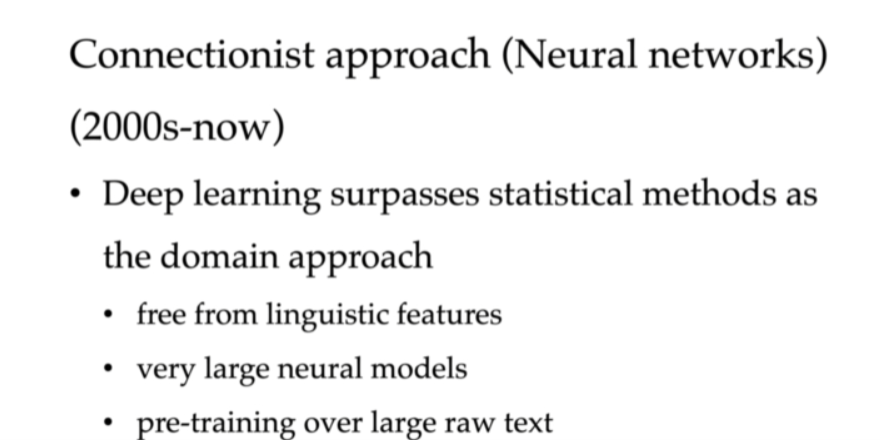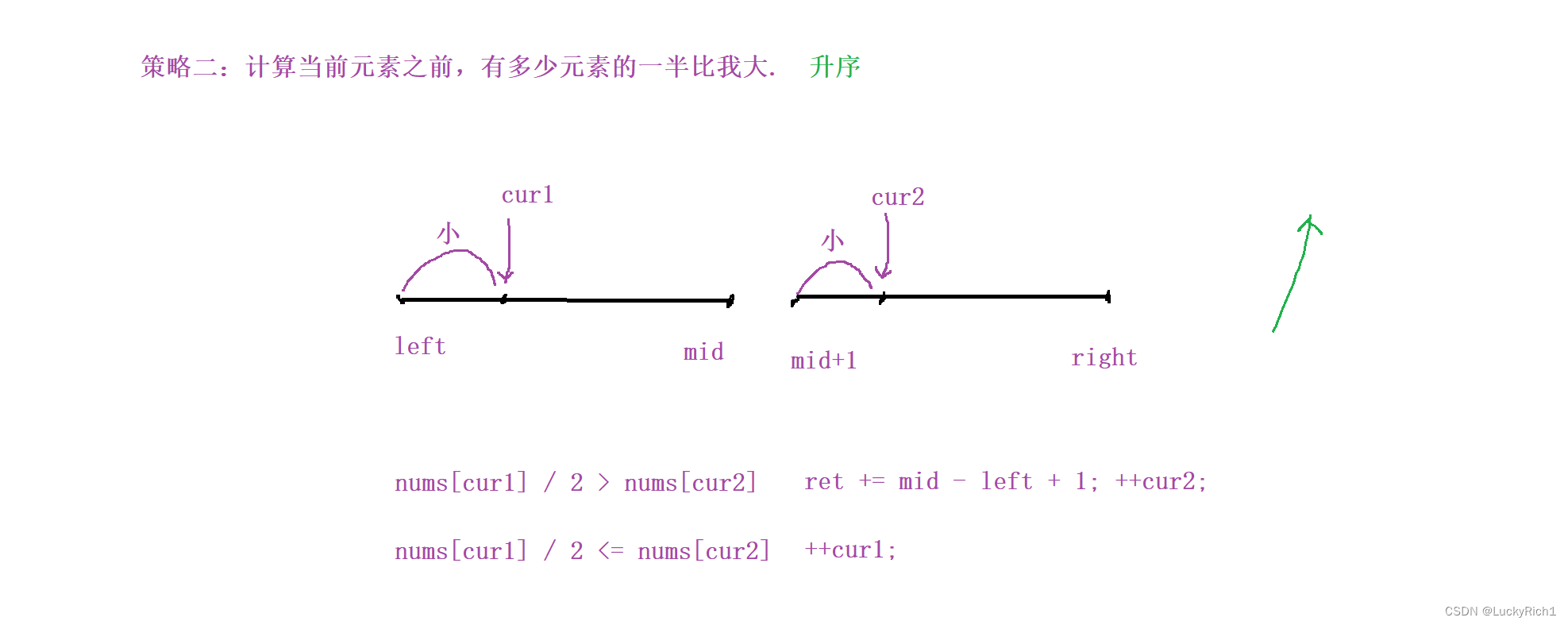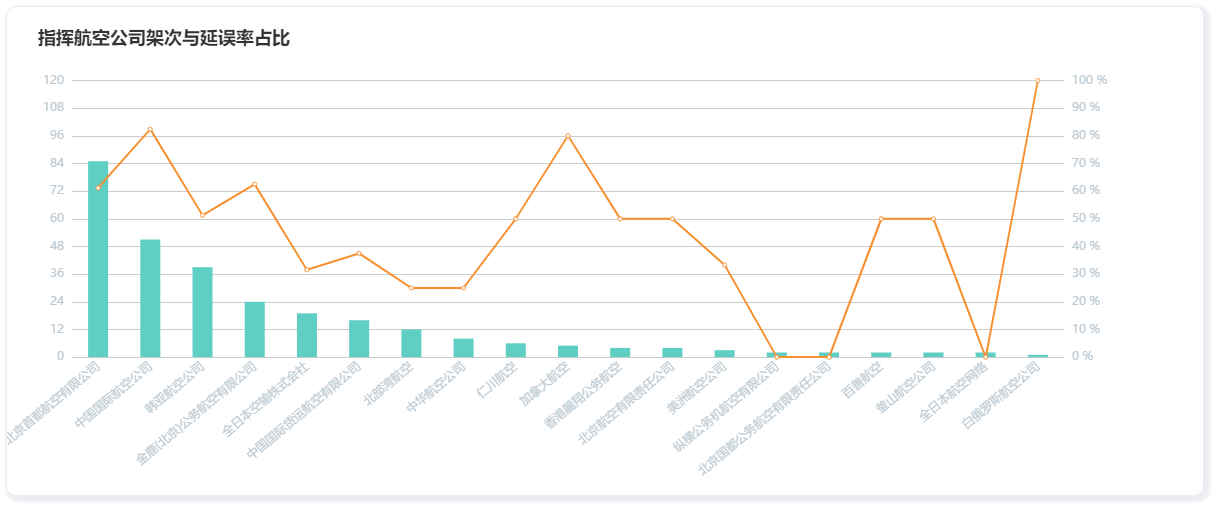在robotframework+python框架上写了两三天的接口自动化,做了一些笔记。
1.在断言的时候经常由于数据类型导致较验不通过,值得注意的是,在定义常量或者变量的时候,使用${}代表int类型,例如${2}就代表数字2,另一种直接写2,则是string类型的2,返回的时候会是“2”。
2.由于接口response中会出现字典格式,那在写期望值的时候,就要把一些字段拼成字典的形式,可以使用create dictionary这个基础关键字,写法是:
${expectResult}= create dictionary guideType ${guideType} options ${options} questionId ${1} questionName ${questionName}
3.当接口需要测试几次,只是参数改变的时候,需要用到for循环,这里我用的是for-in-zip,例如:
参数定义在参数文件里
@{questionId} ${1} ${2} ${4} ${6} ${8}
@{optionId} ${1} ${2} ${9} ${13} ${18}
用例中写:
:FOR ${questionId} ${optionId} IN ZIP ${questionId} ${optionId}
要测试的内容,for里要执行的语句前面都要写
4.还用了一种普通的for循环,写法如下:
:FOR ${questionId} ${optionId} IN
... ${1} ${1}
... ${2} ${2}
... ${4} ${9}
... ${6} ${13}
... ${8} ${18}
5. 嵌套FOR循环的写法:
:FOR ${questionIdRange} ${content} IN ZIP ${questionIdRange} ${content}
${options}= get options by question id with false ${questionIdRange}
内嵌FOR生成完整option @{options}
${question}= create dictionary content ${content} options ${options}
*** Keywords ***
内嵌FOR生成完整option
[Arguments] @{LIST}
: FOR ${item} IN @{LIST}
${item}= blablablabla
这里会把子循环里得到的list传到主循环的options里,主要看如何内嵌,忽略业务代码部分。
1.在循环体内,赋值语句的前后名称不能一样,否则在跑循环的第二次时就会报错:TypeError: not all arguments converted during string formatting
这样写是错的:
${设置计划接口_请求body}= string format ${设置计划接口_请求body} ${cardId} ${fundCode} ${investmentPeriod}
这样写是对的:
${设置计划接口_请求body-new}= string format ${设置计划接口_请求body} ${cardId} ${fundCode} ${investmentPeriod}
2.在循环体内,每次循环取值不一样的参数,则需要在body的时候使用%s,然后在用例中进行替换。
Body的写法:
*** Variables ***
${设置计划接口_请求body}
... {
... "amount" : "${amount}",
... "cardId" : "%s",
... "fundCode" : "%s",
... "investmentPeriod" : "%s"
... }
用例中:
*** Test Cases ***
${设置计划接口_请求body-new}= string format ${设置发动码接口_请求body} ${cardId} ${fundCode} ${investmentPeriod}
3.将金额的格式进行转变,例如将2000转为2,000.00
定义${amount}为2000
${expectAmount}= Format number to String {:,.2f} ${amount}
如果最终的值需要显示成2,000.00 元,则直接在使用时后面加上元。如下:
${expectResult}= create dictionary amount ${expectAmount} 元 amountDesc ${amountDesc}
4.将int型转成string。
数据库查到的值是int型的,但接口返回是string型,则可以通过如下方式转:
${planId-new}= transfer to string ${planId}
5.以上的string format,Format number to String,transfer to string都是封装好的关键字。
我们看其中的Format number to String的具体实现。
Format number to String
[Arguments] ${format} ${number}
${number_string}= format number ${format} ${number}
[Return] ${number_string}
再看一下format number方法怎么写的:
def format_number(format_str,number):
return format_str.format(number)
实现的方式是先写了方法去调用原始的format方法,再去写个关键字调用自己写的方法。为什么要这样做?一方面是因为python的原始方法在robotframework中是不能直接用的,另一方面,如果原始方法发生变化,只需要改动自己封装的方法,便于维护。
最后感谢每一个认真阅读我文章的人,礼尚往来总是要有的,虽然不是什么很值钱的东西,如果你用得到的话可以直接拿走:

这些资料,对于【软件测试】的朋友来说应该是最全面最完整的备战仓库,这个仓库也陪伴上万个测试工程师们走过最艰难的路程,希望也能帮助到你!




















